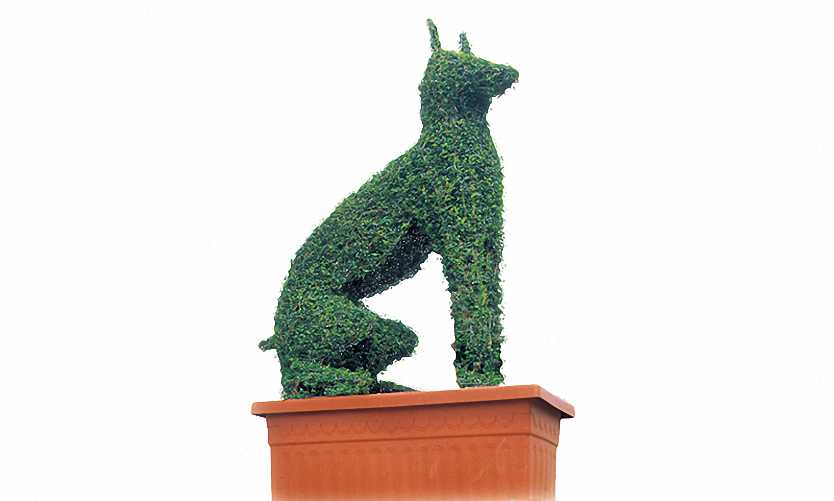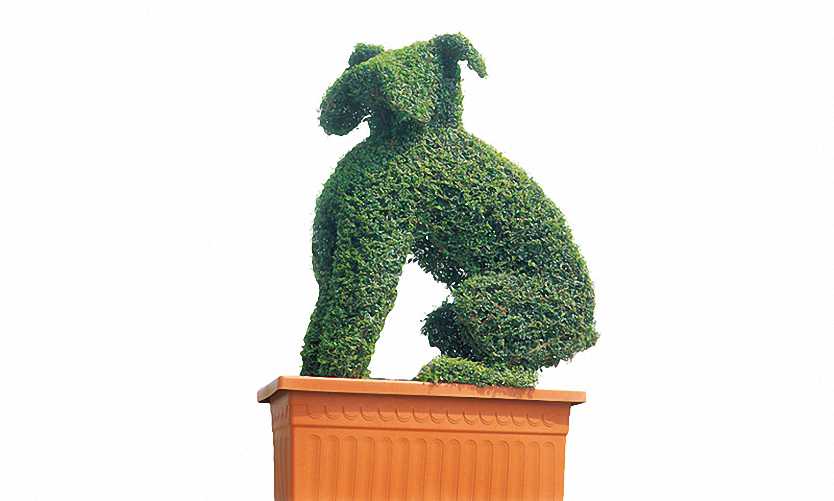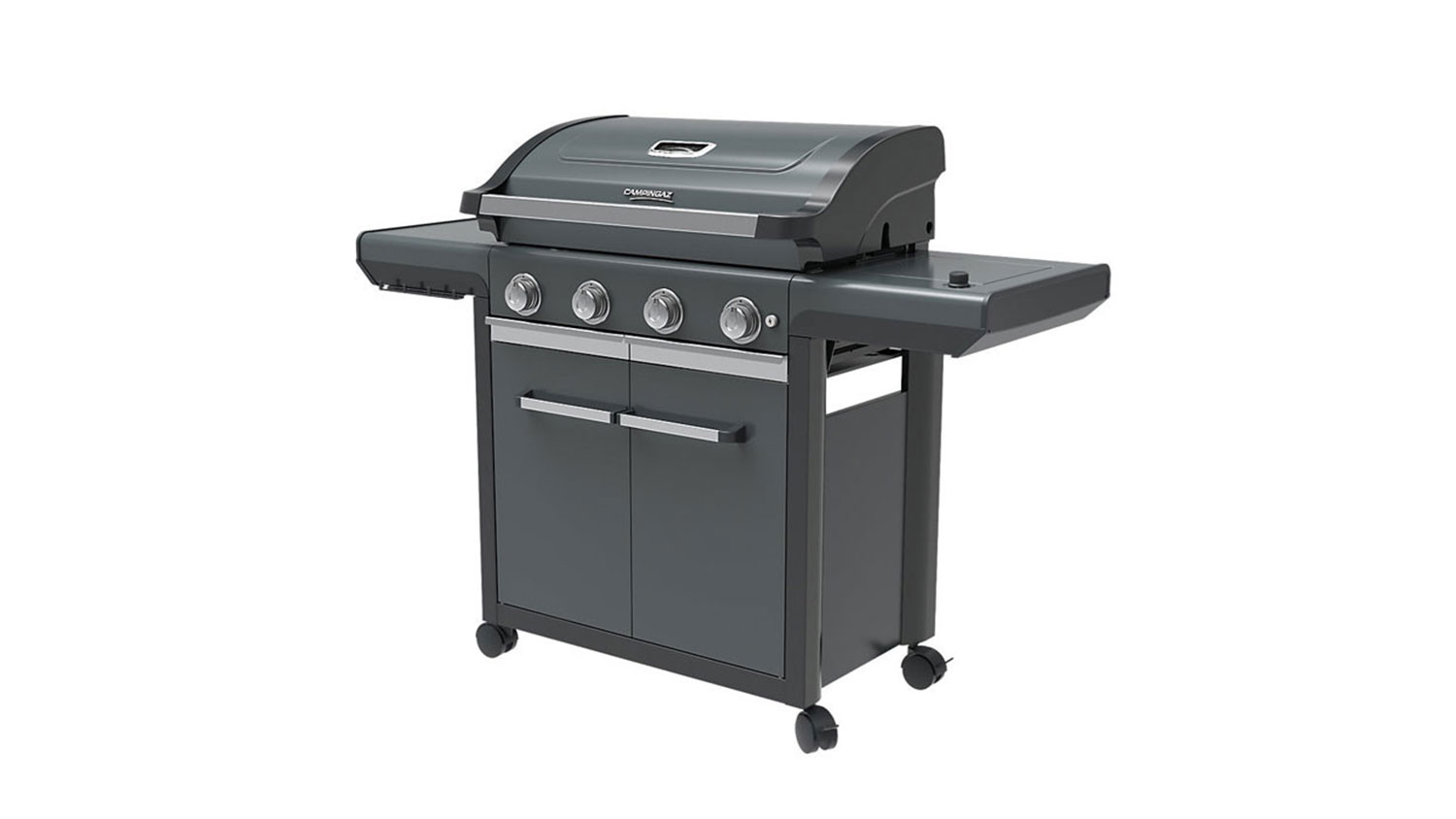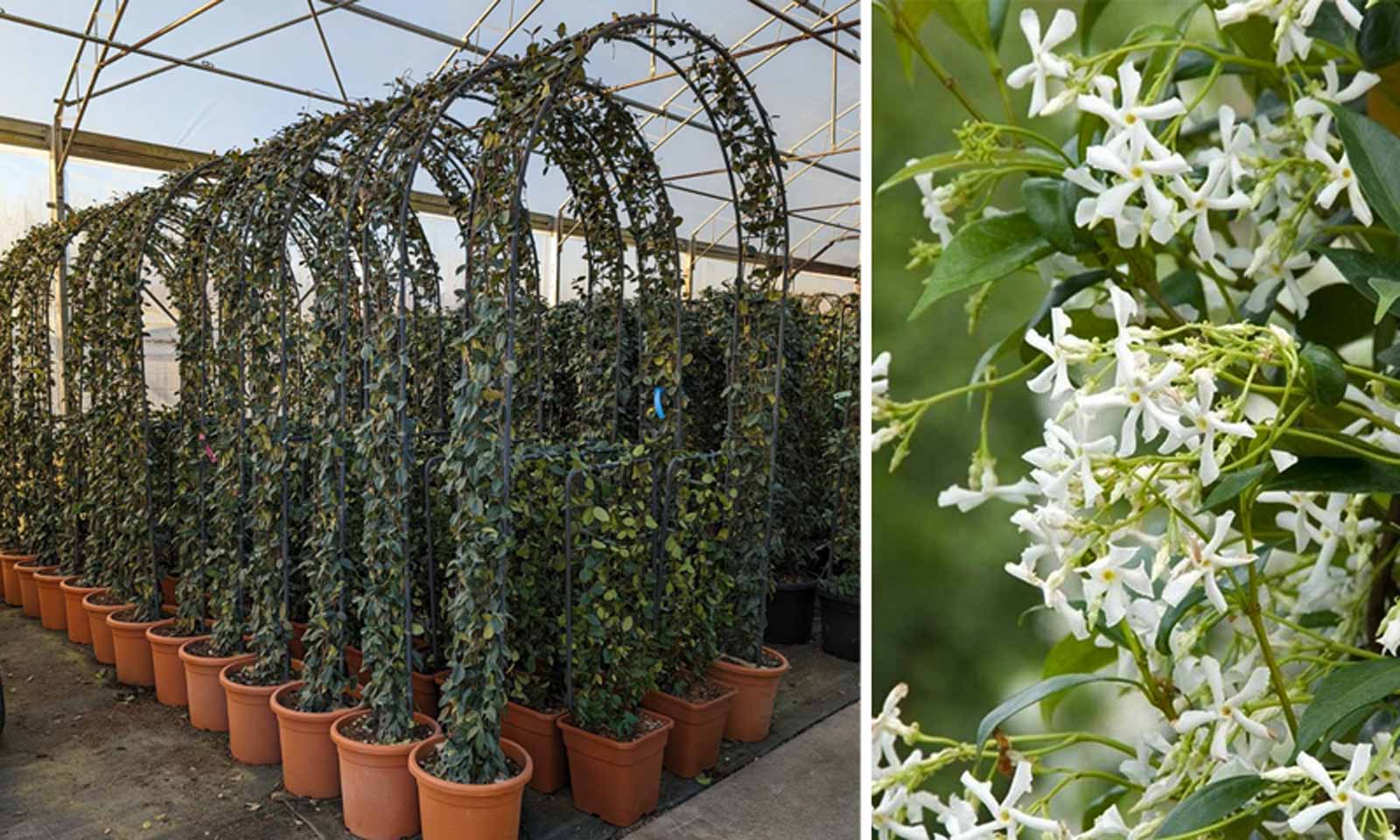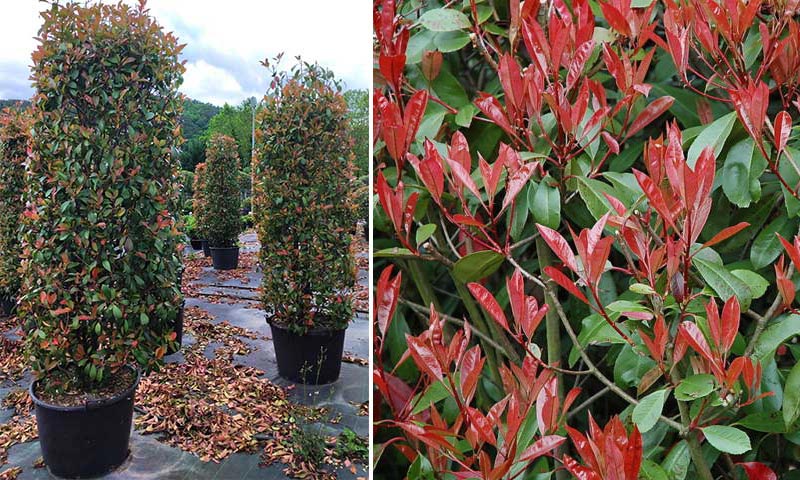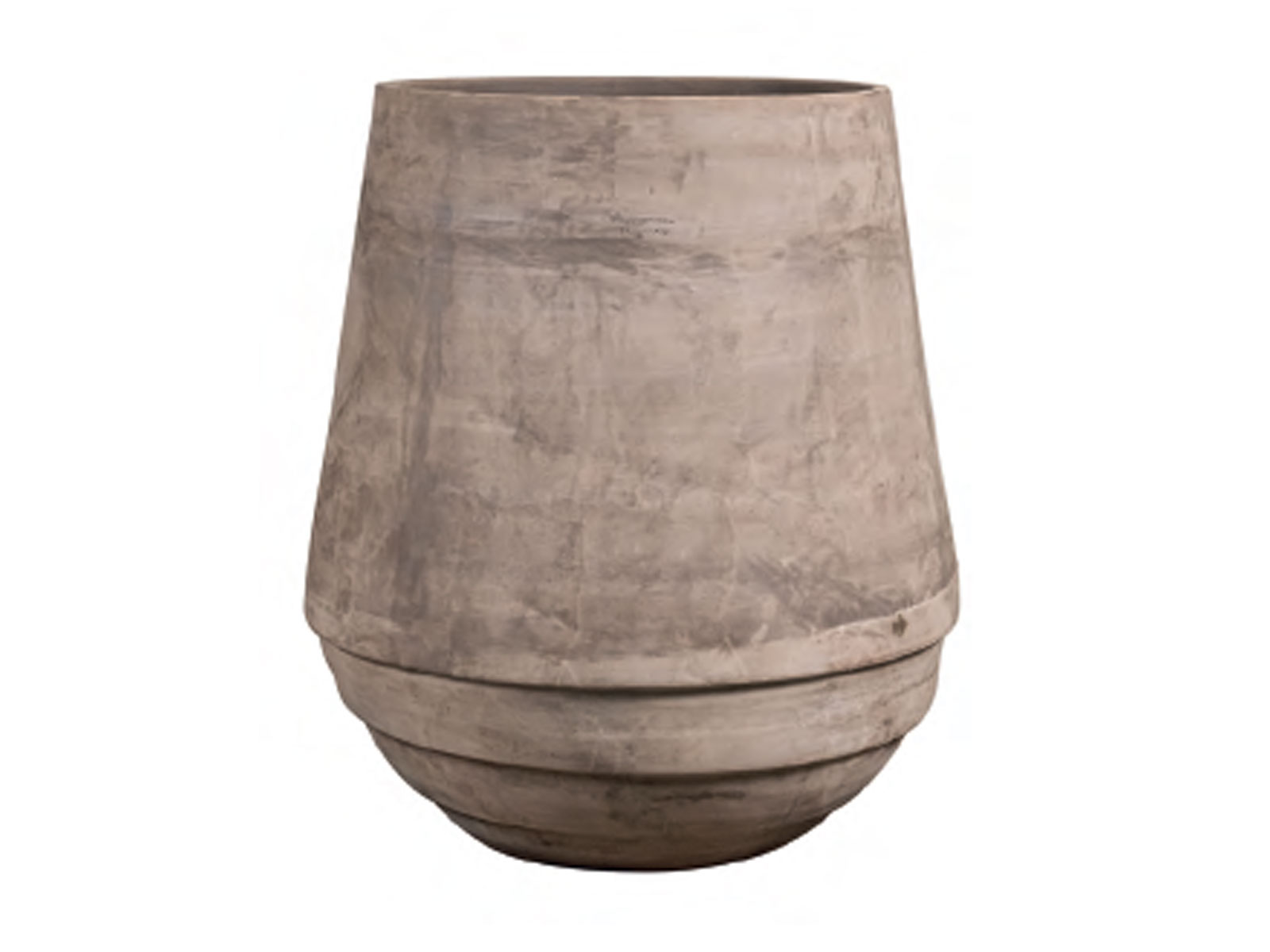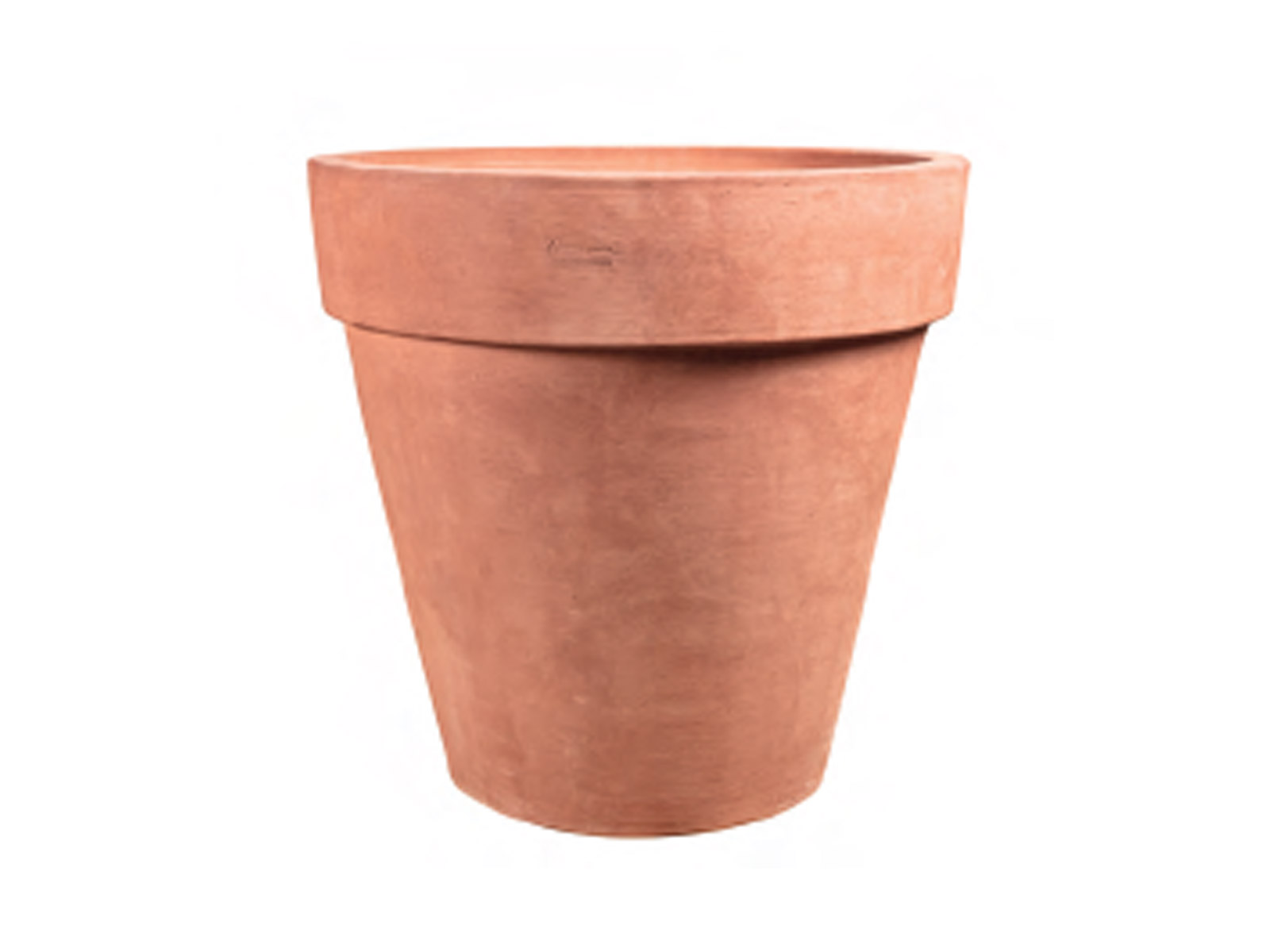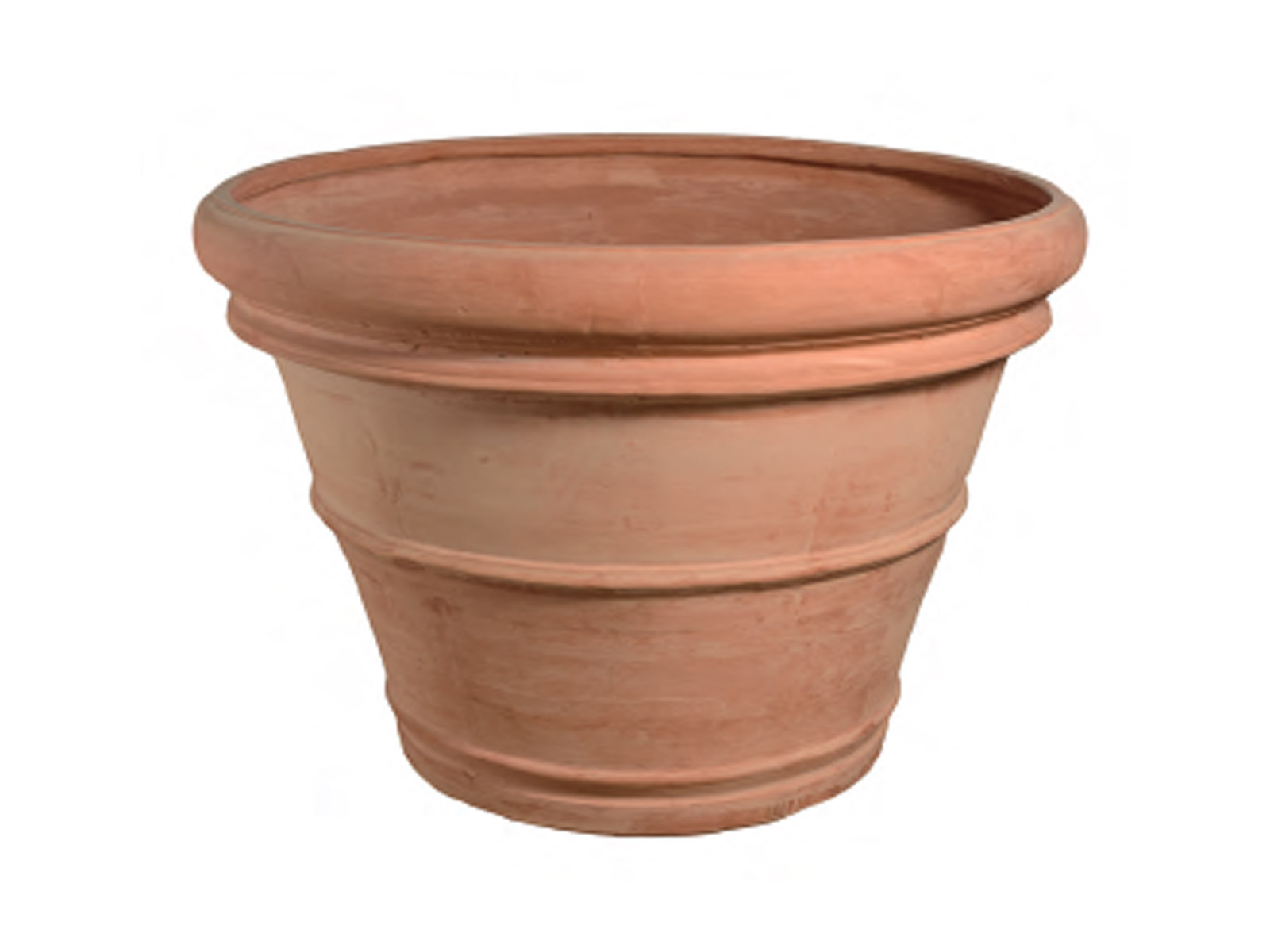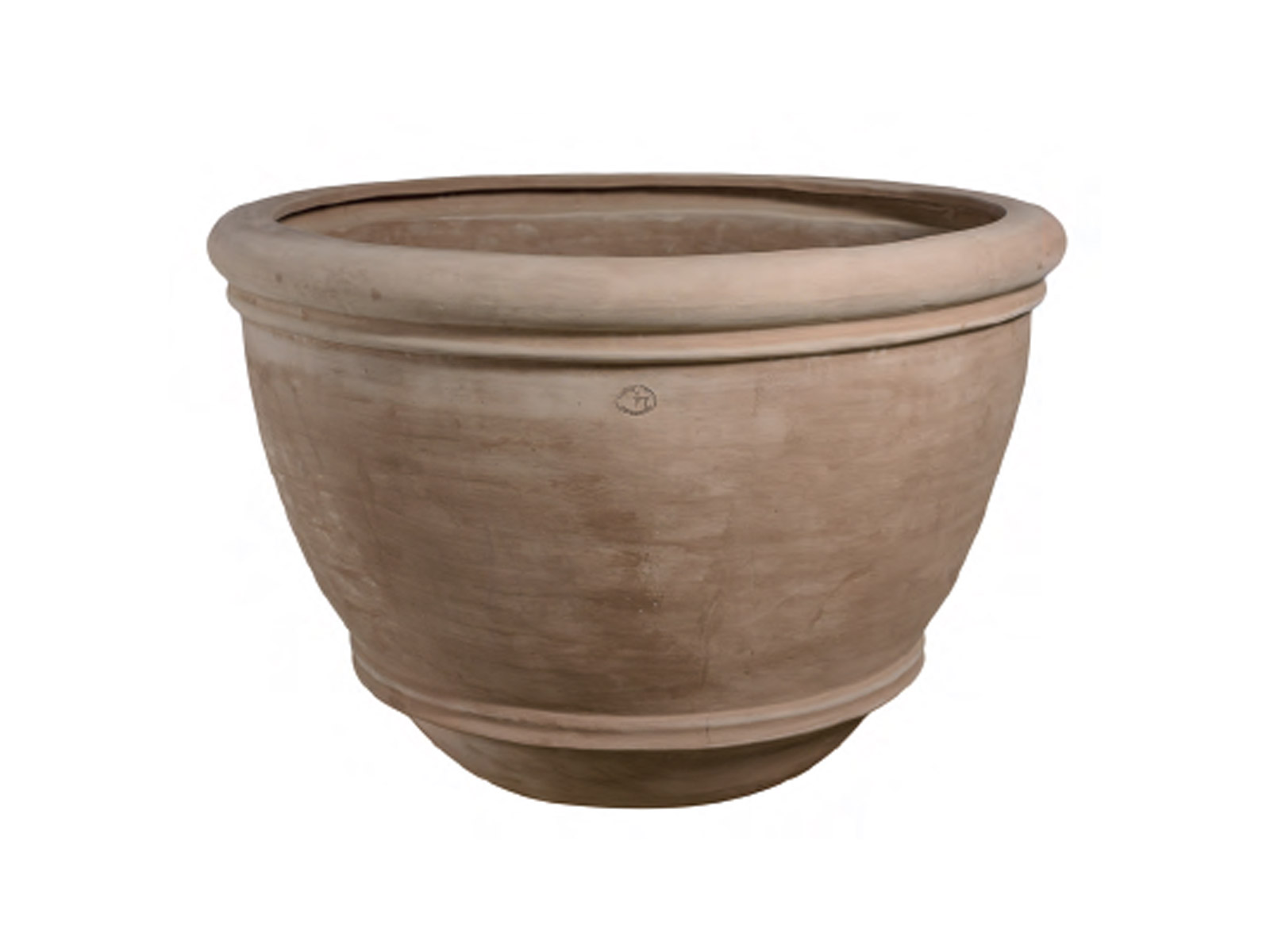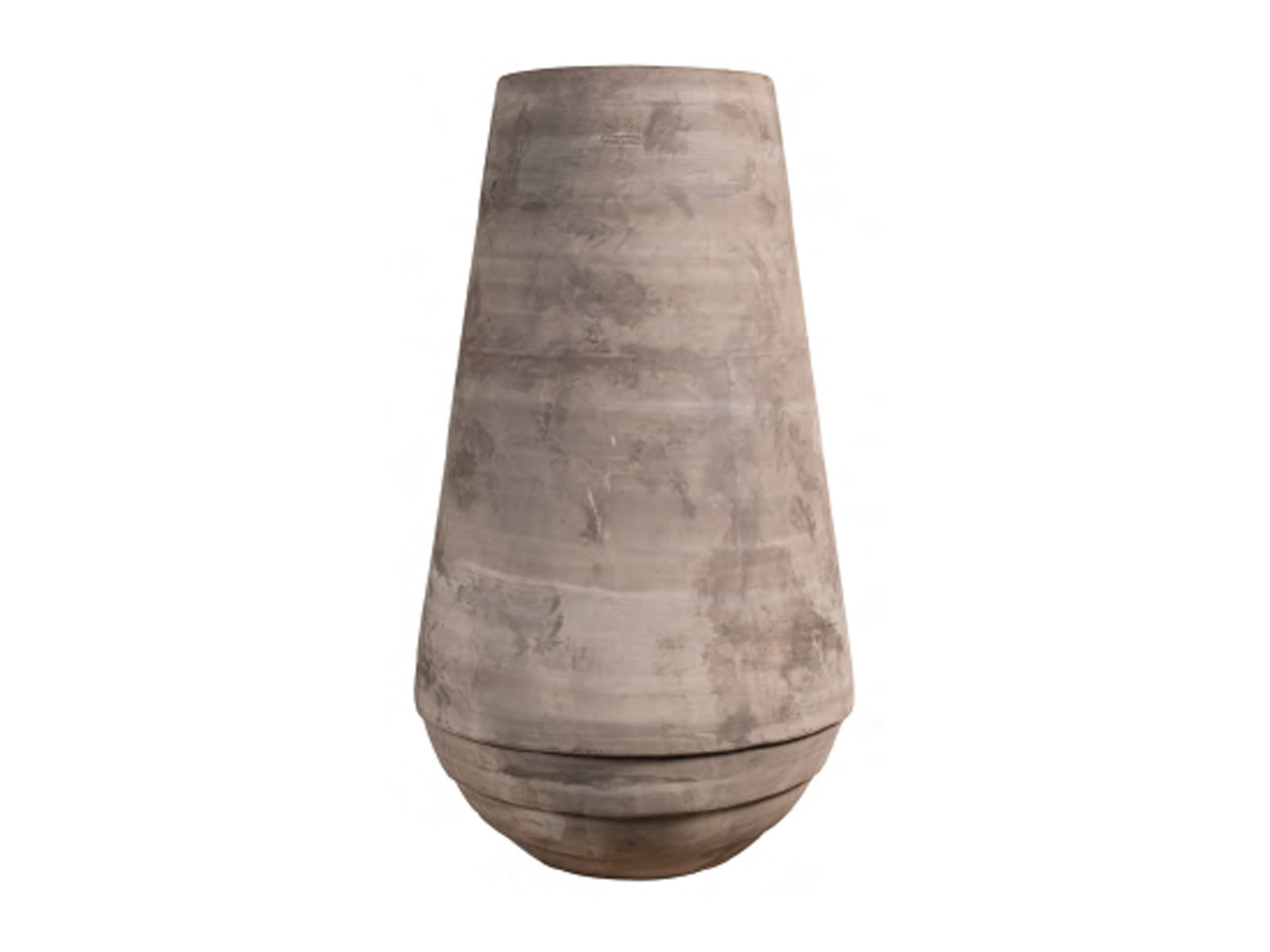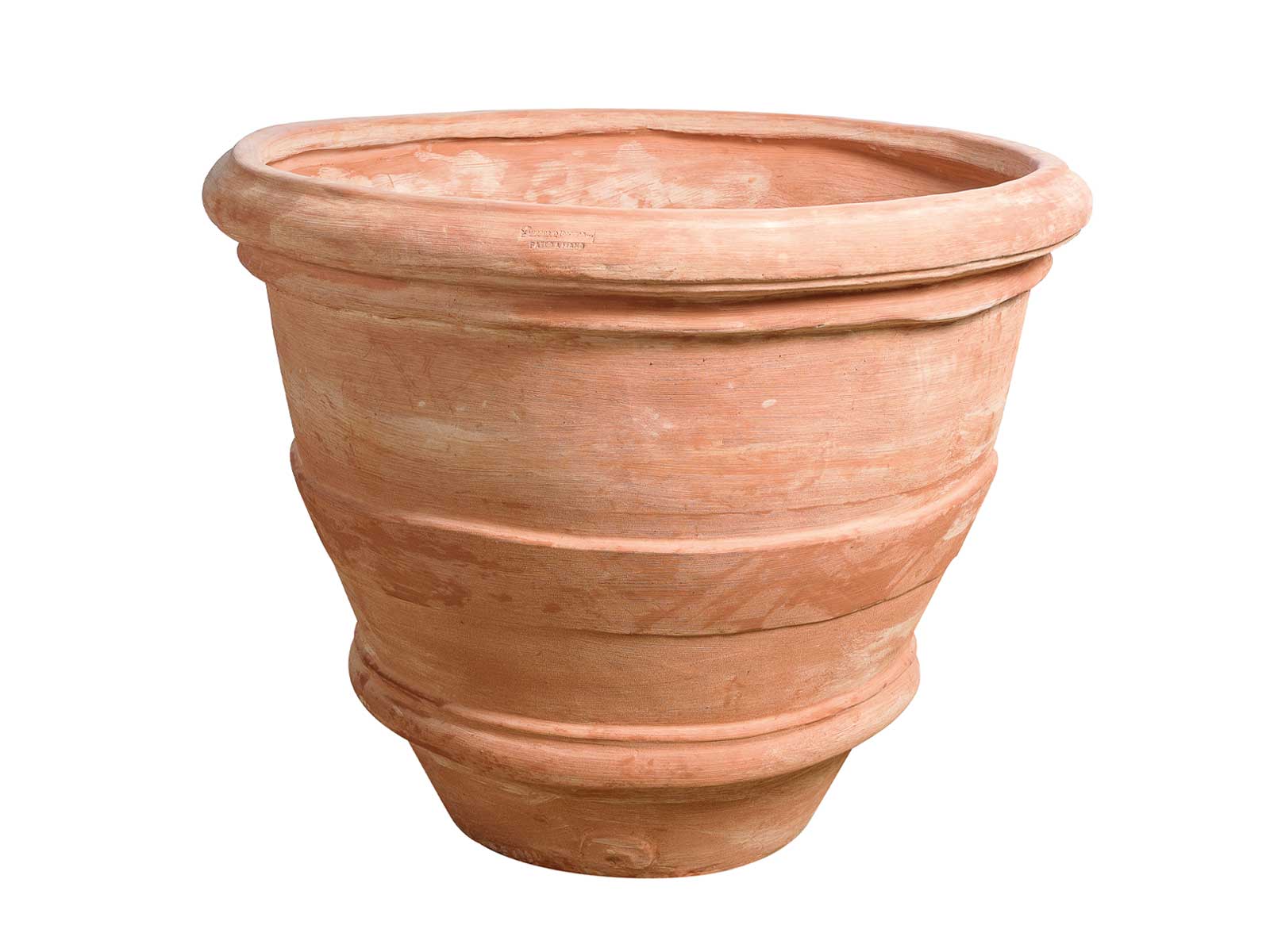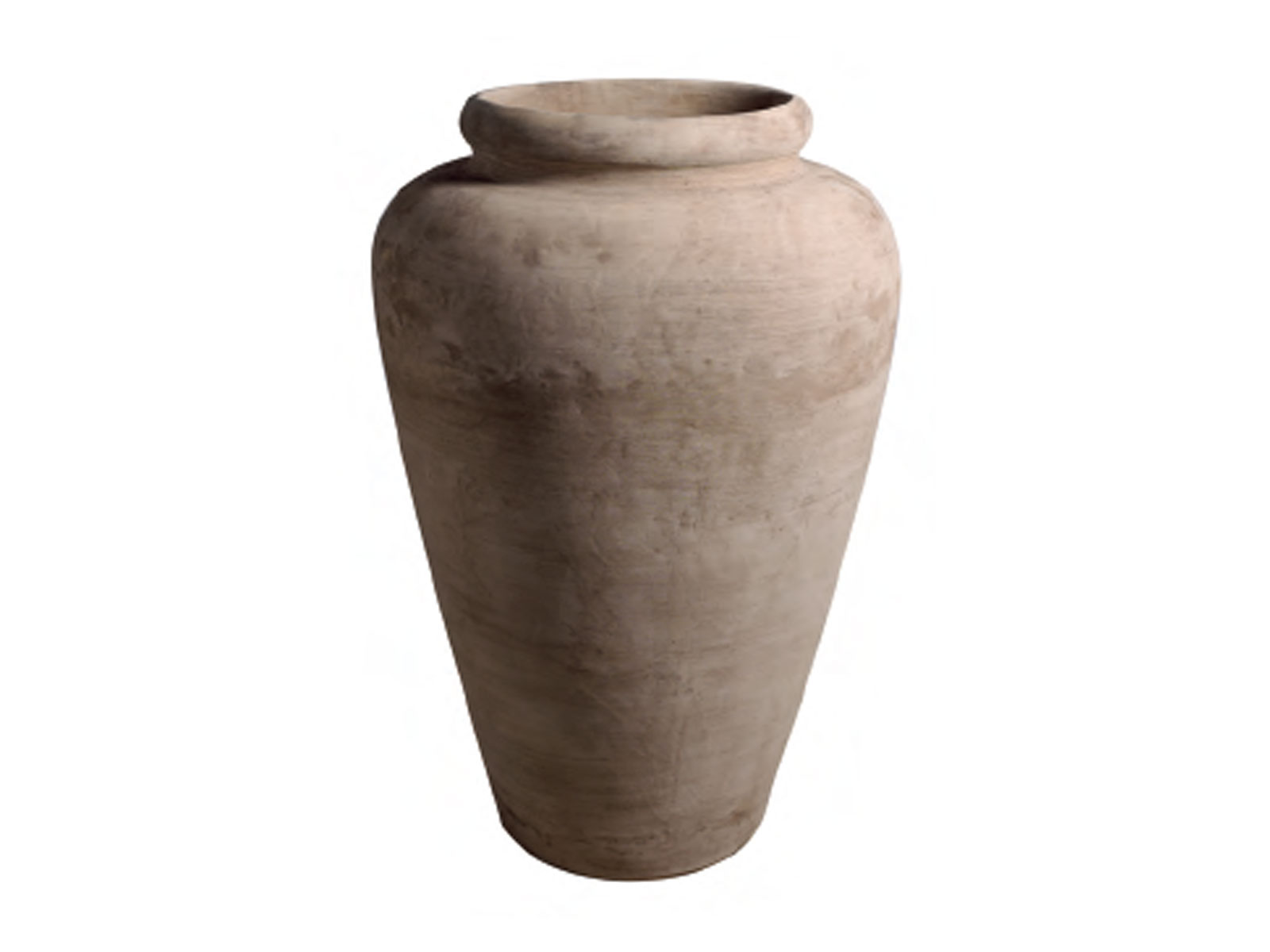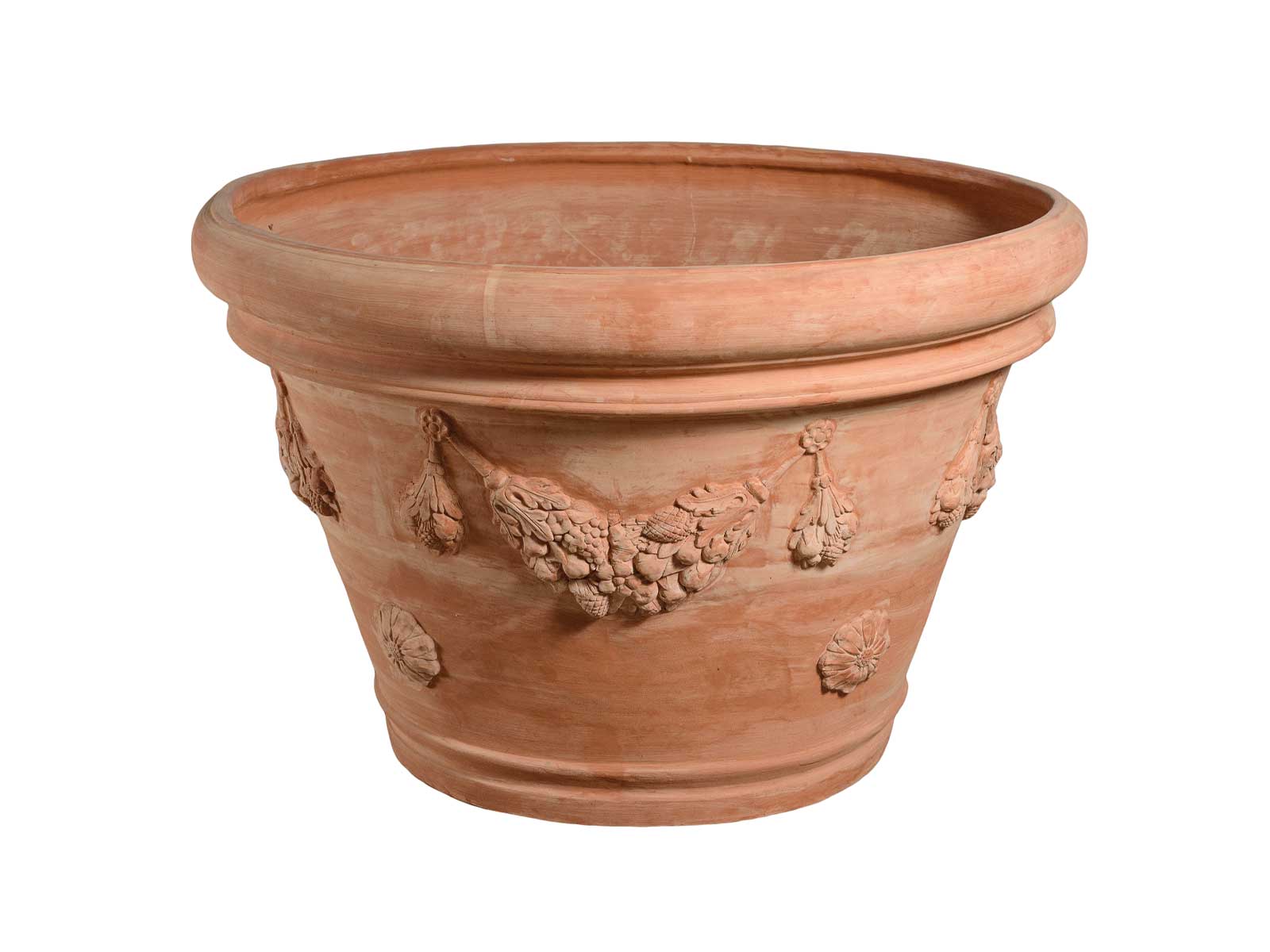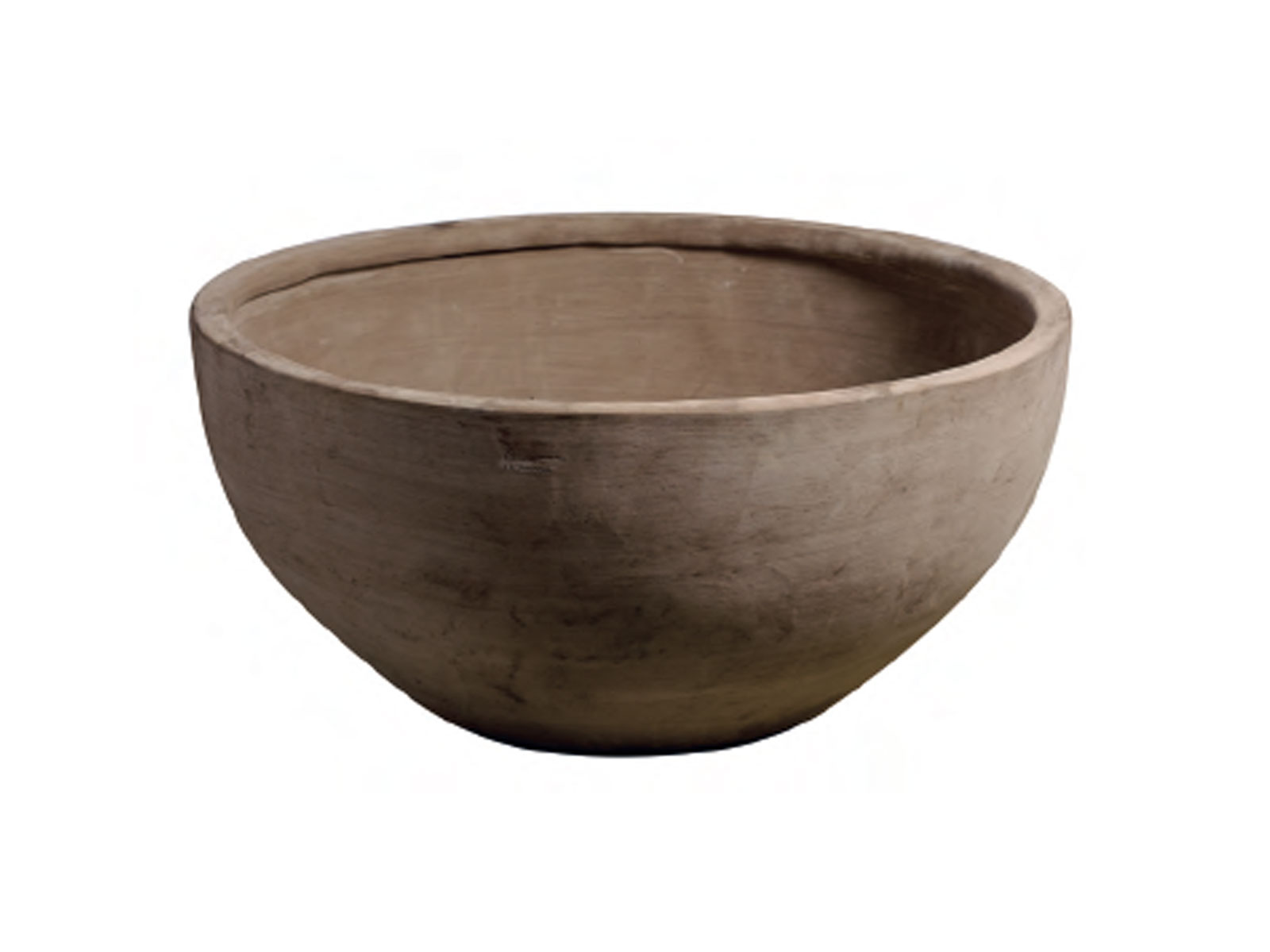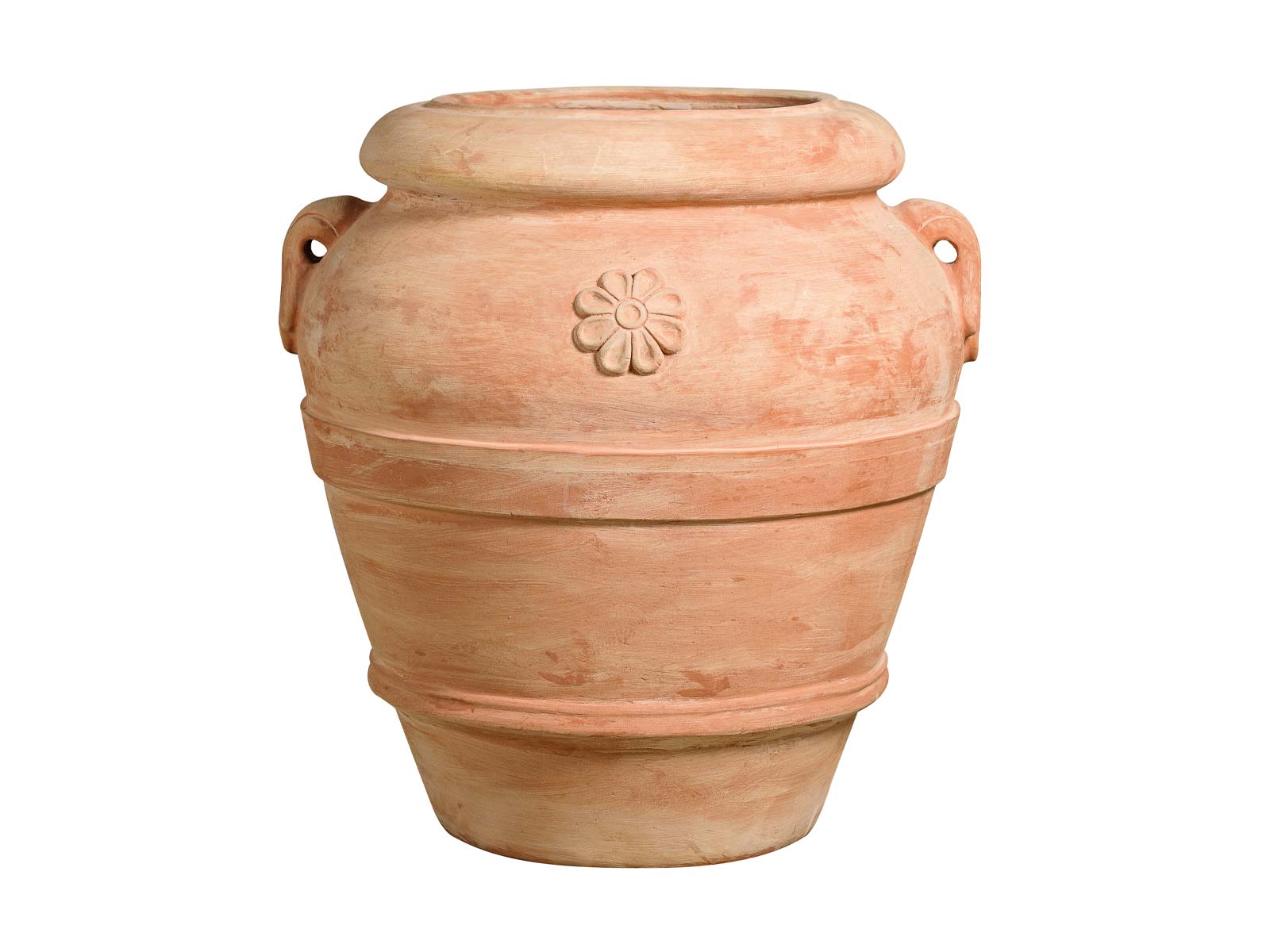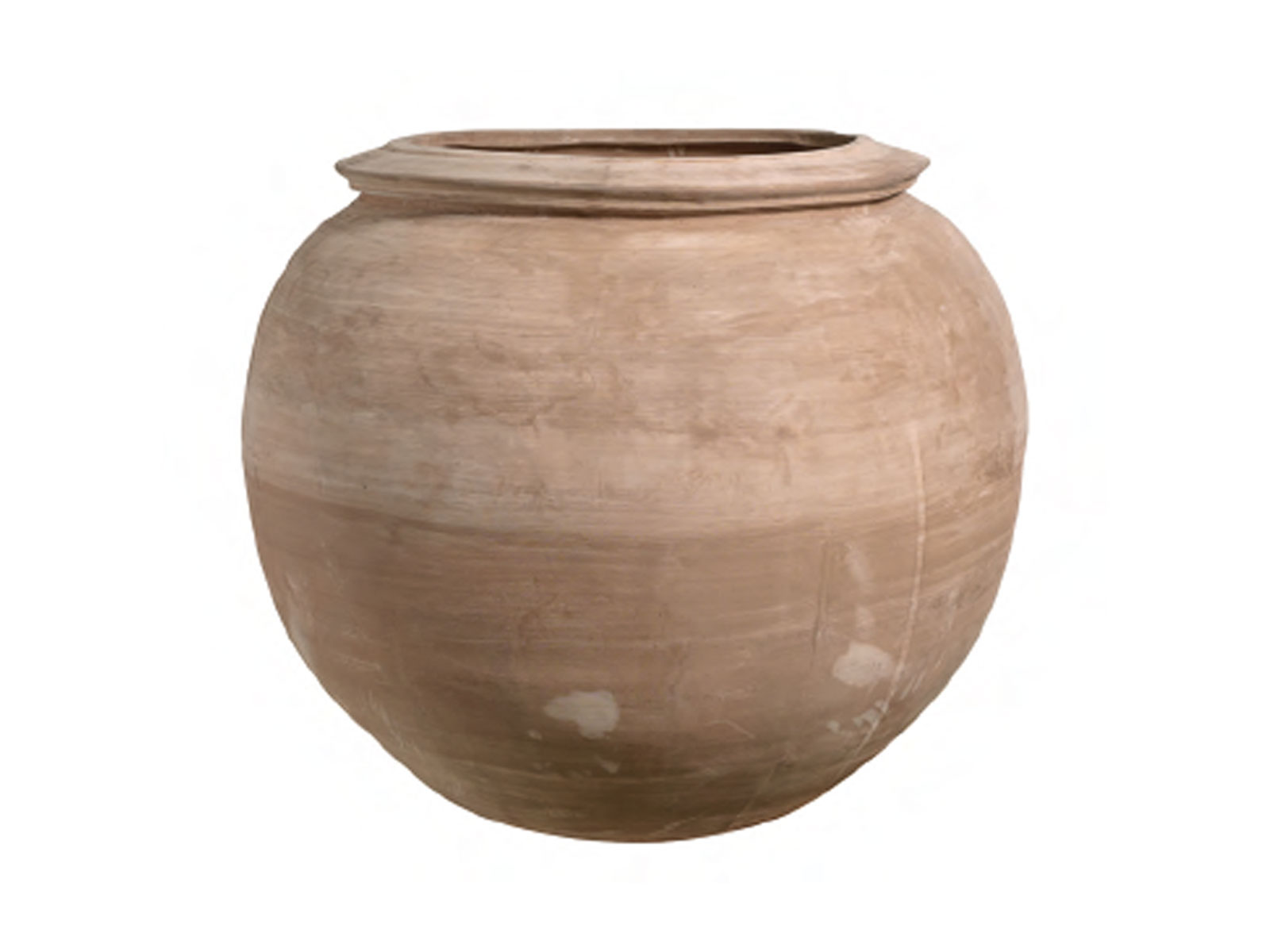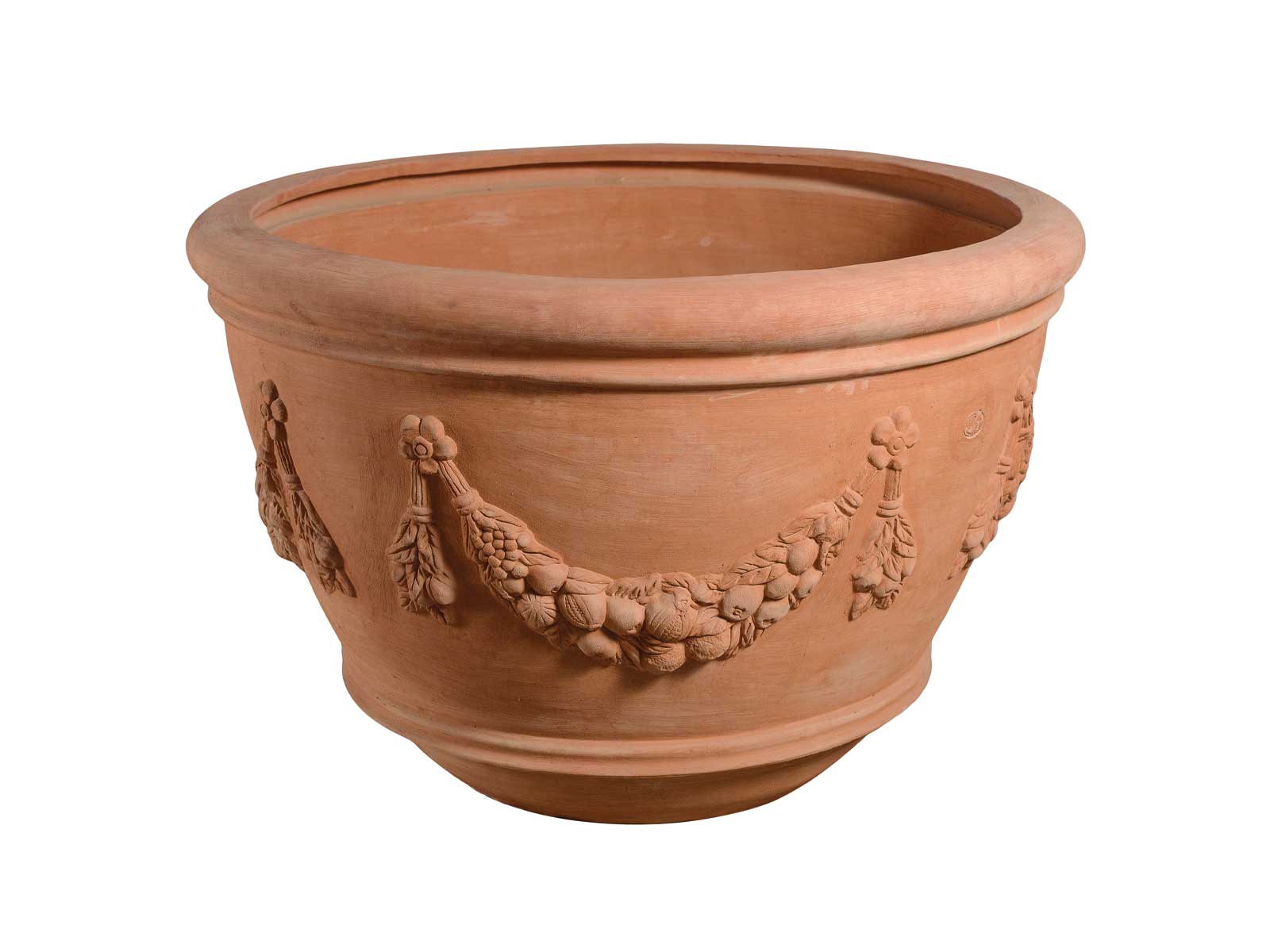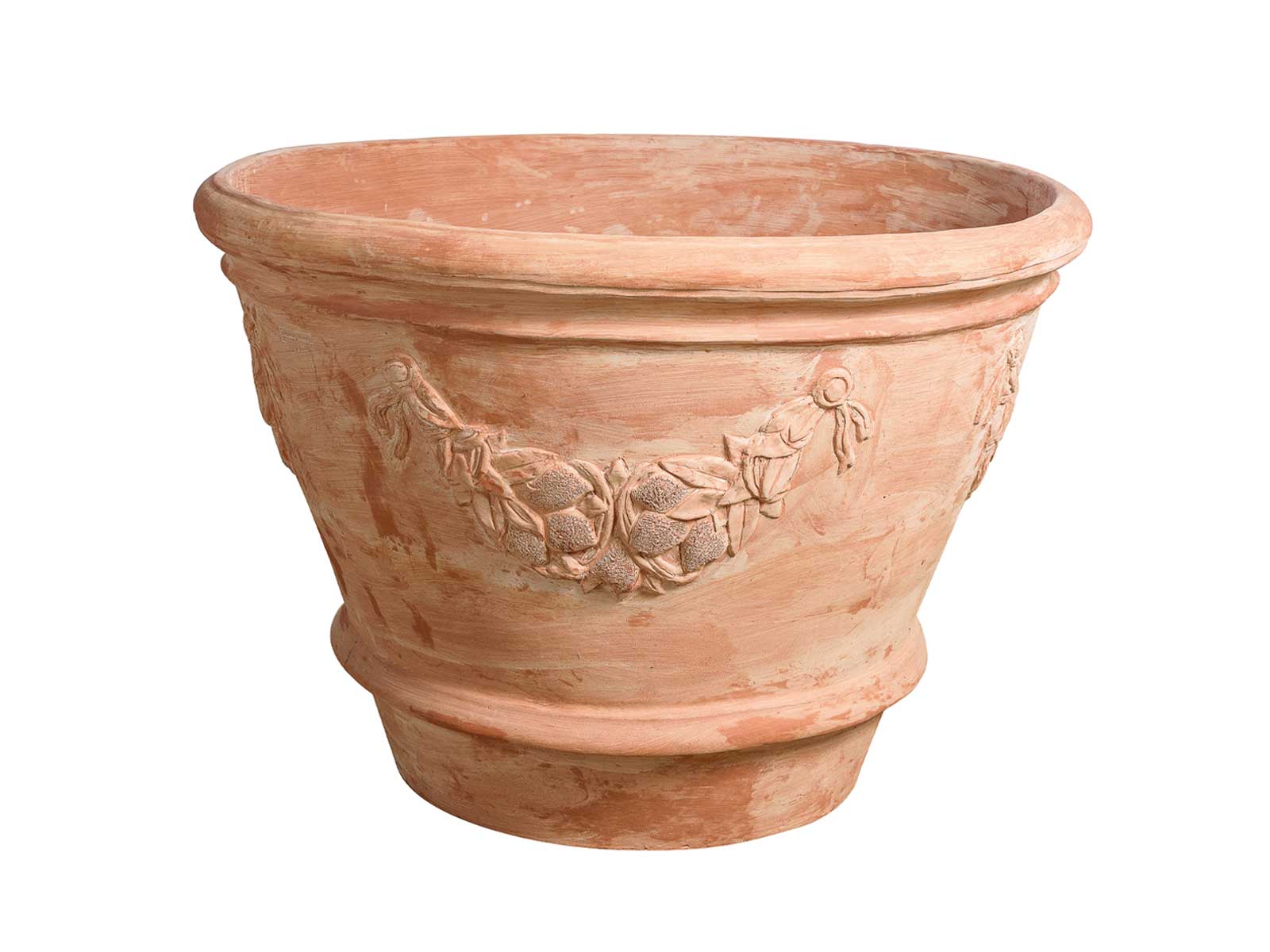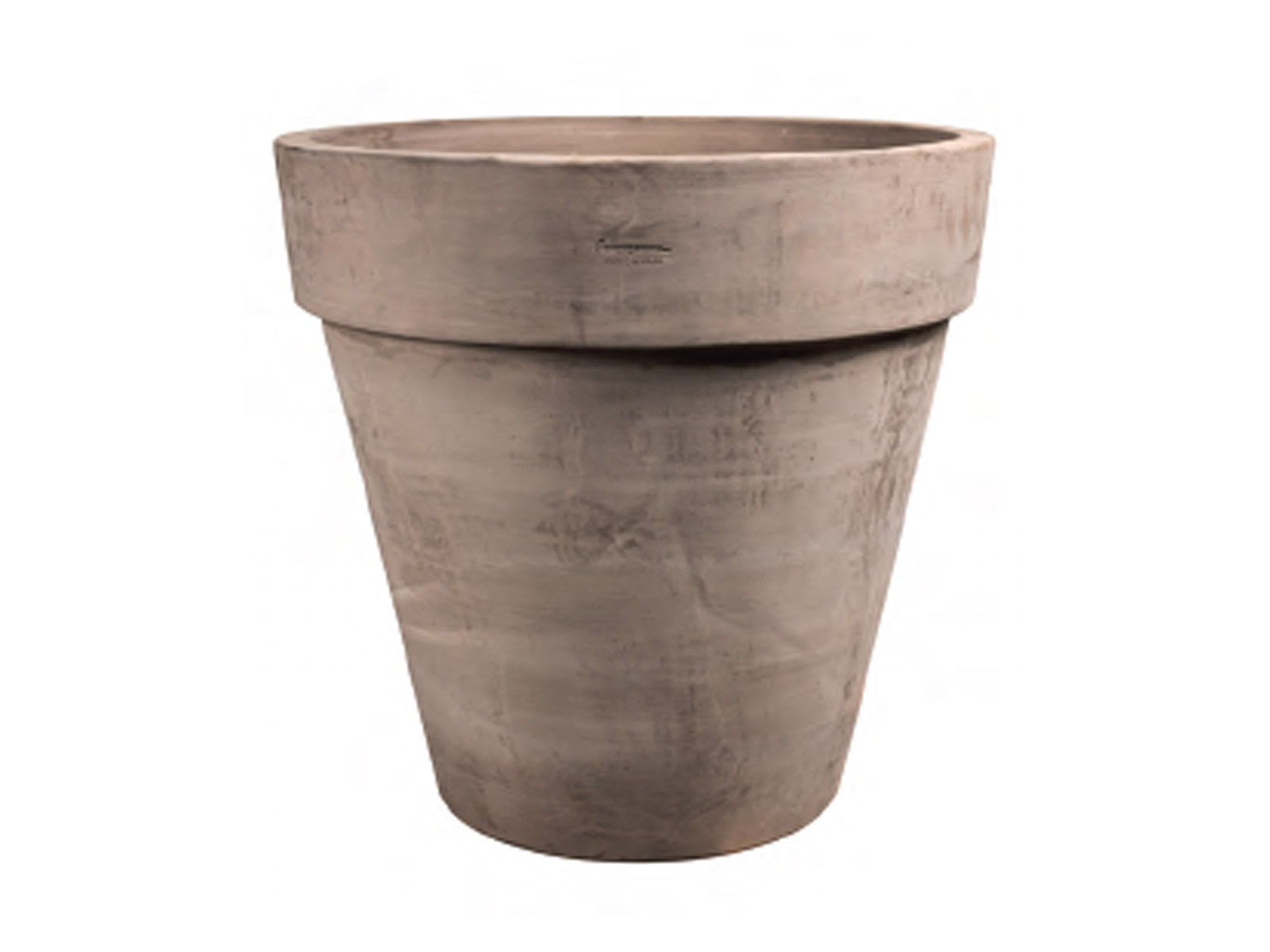Photinia x Fraseri Red Robin - Cylinder
The lovely Photina, also known as the ‘Red Robin’, is a plant native to North America and Asia although has been successfully grown in many gardens throughout the UK for about 20 years now. The actual name of the plant, “Photina”, is actually derived from the word “photeinos” which is Greek for “glossy”, a very true statement when it comes to this plant. Now available in Cylinder formation, this plant itself is a slow growing plant and only grows about 20 cm (7.8 inches) to 40 cm (1.3 ft) a year. The final height of this plant is between 2 m – 2.5 m (6.6 ft – 8.2 ft)) This plant is perfect for the British climate and can successfully be grown throughout the country. With a high hardiness rating, it is perfect for planting in well-drained soil. Green throughout the year, the best part of the Photina is that when it gets to spring, the flowers start to turn into a beautiful red and white colour, providing a very romantic view. Minimal pruning is required but an occasional trim in Spring and Summer is advised. Also take care of any potential pests and diseases that might crop up.
Product Dimensions
Height 200-250 cm / 6.6-8.2 ft: 50-70 litre pot;
Latin Name: Photinia × fraseri 'Red Robin'
English Name: Red Robin, Christmas berry 'Red Robin
Species: Rosaceae
Genus: Photinia
Foliage Type: Evergreen.
Foliage: Bright Red to Green.
Flower: White Flowers and Red Berries.
Flowering Period: Spring.
Suggested Location: Outdoor.
Suggested Soil Type: Well-Drained, moist but well drained. Clay, Loam, Sand.
Suggested Exposure to Sunlight: Full Sunlight or Partial Shade.
Suggested Exposure to Weather: Sheltered or Exposed.
Hardiness Rating: High (H5)
Lowest Temperature Tolerance: -15°C to -10 °C (-4 °F to 5 °F)
Maintenance: Pruning group 1
Growth Habit: Bushy
Growth Speed: Slow (20 cm to 40 cm per year)
Cultivation: Grows best in fertile, humus-rich soil in sun or partial shade
Pests: The leaves may be eaten by vine weevil
Diseases: May be affected by fireblight and a leaf spot
Final Height: 2 m – 2.5 m (6.6 ft – 8.2 ft)
Delivery Cost: This is calculated based on the total size, weight and quantity of your order, as well as the location of your delivery address. You will see the final price at the Online Checkout Page (before making payment) – our website will automatically calculate the lowest possible delivery price and apply discounts to orders of certain products – giving you the best value delivery every time!
Please note that high-volume orders will decrease your delivery costs significantly by spreading the price across multiple items. Visit our Delivery Policy page for more information.
